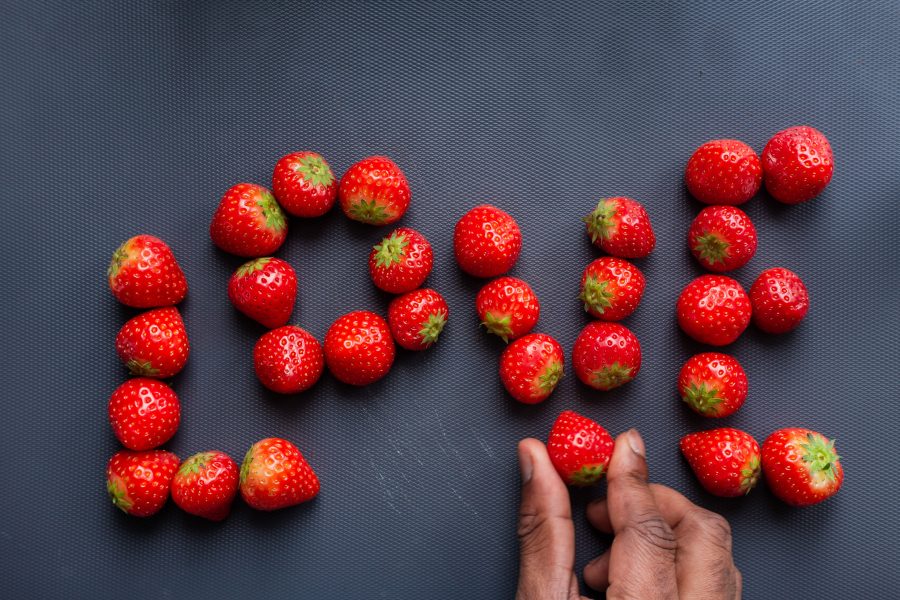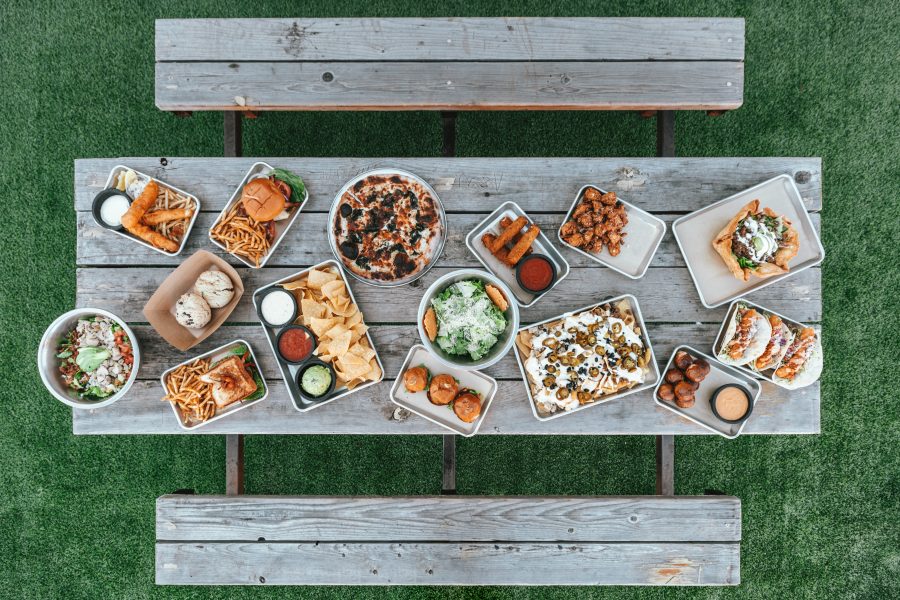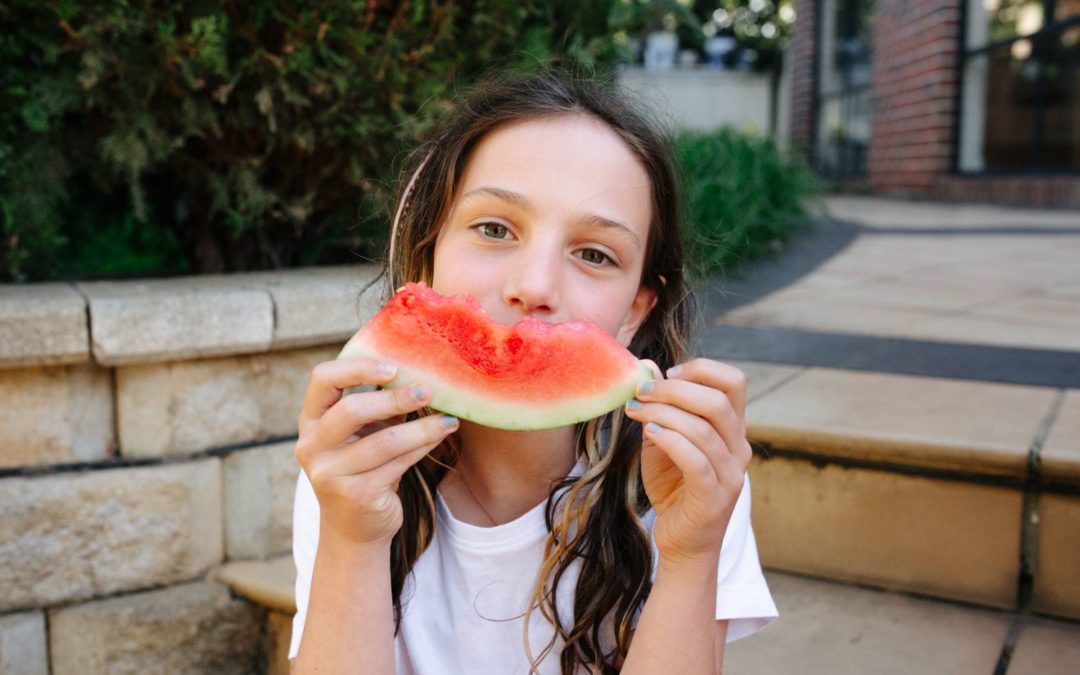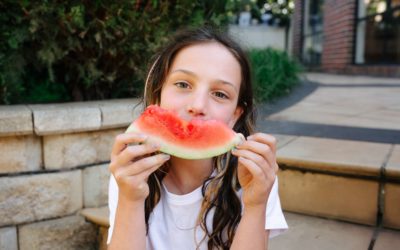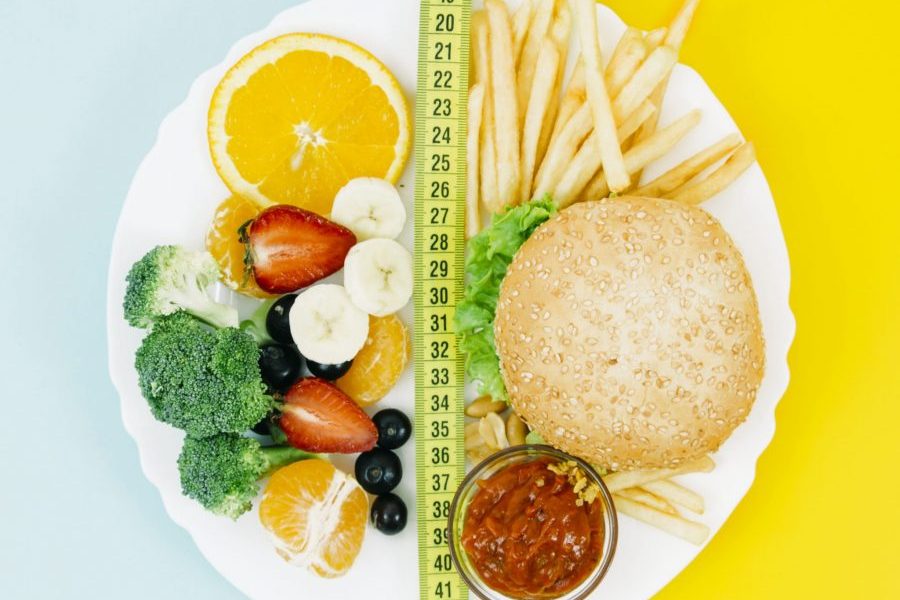Raise your hands (either literally or figuratively) if over the past decade you have come across the numerous buzzwords such as ‘plant-based’, ‘flexitarian’, ‘meat-free’, ‘semi-vegetarian’, ‘vegetarian’ and ‘vegan’ popping up all over the news, in documentaries, among celebrities, cafe menus, restaurant makeovers, in the supermarket aisles, and cookbooks.
All of these sound super trendy with many people jumping on the band wagon. Yet when asked about the fundamental core concept behind all of these terms, why this may be beneficial for your own health, help the environment and most importantly how to sustain these forms of lifestyle diets many people can become quite confused on how to answer these.
At the bottom line, all of these lifestyle diets encourage healthy eating and enjoyment through mostly, or entirely consuming foods derived from plants. This includes eating an abundance of colourful fruit and vegetables, grains (preferably whole grains), nuts, seeds, oils, and a few or no animal products. The great news for those that still enjoy eating meat or dairy is that this does not mean you need to cut these out of your diet altogether and become vegetarian or vegan (did I just hear a sign of relief?). Rather, this simply means proportionally selecting to eat more foods from plant sources throughout the week and this is when initiatives such as ‘Meat-Free Mondays’ come into play, whereby for one day you choose to only eat from plant-based sources.If you decide to adopt this lifestyle then you are already ahead of the game in increasing your consumption of plant-based foods. Woo hoo!
Plant-based diet varieties
Plant-based diets come in many different versions and you should choose the one that best works for you that can be sustained long-term, remembering that this can be adapted based on your life circumstances.
- Semi-vegetarian, flexitarian or plant-based includes the consumption of dairy foods, eggs, and occasionally meat, poultry, seafood and fish.
- Pescatarian includes the consumption of eggs, dairy foods, fish, and seafood, however does not include meat or poultry.
- Vegetarian or meat-free (occasionally referred to as lacto-ovo vegetarian) includes the consumption of dairy foods and eggs, but does not include meat, poultry, fish or seafood.
- Vegan means no consumption of animal foods or products (including dairy foods and eggs).
Why would you consider adopting a more plant-based diet?
So now that you have had a crash course in the differences between these plant-based lifestyle diets. You may choose to follow one, or you might choose your current diet but try and add more plant based foods on your plate.
Now let’s delve into why incorporating a version of these diets into your life can be beneficial for your health and the environment.
Your body will love you for it
It is important to know that adopting a more plant-based diet will not deprive your body of its essential nutrients. Rather increasing your consumption of plant-based foods can optimise your health and provide you with all the necessary carbohydrates, protein, healthy fats, vitamins and minerals to function at your best. The bonus is that these types of foods often include a higher amount of dietary fibre and phytonutrients that can assist with reducing the risk of developing chronic diseases such as heart disease, obesity, diabetes, colorectal cancer and cognitive decline.
However, it is important to note that some vegans may require additional supplements (particularly B12). Prior to taking any supplements, advice should be sought from a registered Dietitian to ensure that all necessary nutrients are received. Also when choosing dairy free milks, check they are calcium fortified.
The environment and animals will love you for it
If the notion of adopting a version of a plant-based diet with the aim of eating 30 or more plant-based foods per week (read here for inspiration) to improve your own health and quality of life isn’t enough to convince you, then perhaps shedding some light on how choosing eat a little less animal products per week and a little more eating plant-based foods can help to reduce green house gas emissions, save endangered species through preserving their natural habitat and decrease food insecurity.
Research has shown that a collective shift away from eating predominantly animal based foods can add to the global food supply up to 49% without needing to expand croplands. Additionally this can assist with reducing carbon emissions and the amount of waste byproducts that end up in our oceans. For example, it has been determined that twenty servings of vegetables produced fewer greenhouse gases compared to one serving of beef. Furthermore, a report by the Agricultural Organisation of the United Nations highlights that livestock accounts for 30% of land use globally and 70% of all agricultural land. To produce this agricultural land high amounts of deforestation of animals natural habitats are required to create livestock pastures with the highest amount, 70%, recorded in the Amazon.
Your wallet will thank you
Veggies and wholegrains are certainly cheaper then meat. So reducing your meat a little and increasing your veg, can reduce the overall cost of a meal. Espeically if you bulk out some of your cooking with frozen veg or canned beans (think lentils, chickpeas and red kidney beans). Adding grated veggies into meatballs, meat sauces and burgers is a way to increase the variety of the meal, plus reduce the cost of it.
Tips and tricks to get increasing plant-based foods in your diet:
A balanced plate incorporating a mix of carbohydrates, proteins and healthy fats is important to ensure that you receive all the necessary nutrients for your body. Here are some tips for getting balance and variety into your diet.
1. Eat your vegetables. An easy way to increase your intake is to fill half of your plate with vegetables dinner, add an extra serve to lunch and even think about addins some to breakfast and snacks. Choosing a wide range of colourful vegetables isn’t just great for your health but makes it so much more fun with the possibility of challenging yourself to become more adventurous in your selection. Don’t limit yourself to vegetables only at meal times. Enjoy these in abundance as a snack with kale chips, vegetable sticks with hummus, and corn on the cob. For more ideas visit our blogs how to eat a traffic light everyday, colourful eating in five simple steps…, and fruit and veggies make great snacks.
2. Love your fruit. Do you have a couple of fruit per day? Try selecting a variety of colours to provide you with different vitamins and minerals. Incorporating fruit into the day can include having a tub of yoghurt with a cup of mixed berries, a salad with fresh strawberries, a fruit smoothie or simply munching on a whole peice of fruit. Eating fruits in season also mean that they can be more nutritious, cheaper, tastier and even help the environment which we are all for. For more information visit our blog what’s in season autumn. Some delicious recipes that you can test out include fruit rainbow kebabs, dessert spring rolls and watermelon pizza.
3. Swap some meat for a little more veg. Making a curry or spaghetti sauce, or even fried rice. Think about reducing the meat a little and adding in come drained can of beans (chick peas, lentils, red kidney beans) or adding in some veg (chopped pumpkin and cauliflower are great in curries, grated zucchini, carrot and diced mushrooms and red capiscum into fried rice or bolognaise sauce).
4. Embrace your whole grains. Healthy whole grains are your source of complex carbohydrates necessary for energy, good source of fibre, minerals and vitamins. Including a source of whole grains at breakfast, lunch and dinner in the form of brown or basmati rice, rye or multigrain bread, quinoa, pasta, barley, and oats will also help you feel satiated throughout the day. For an article on how to choose more wholegrain sources check out the article real superfoods. For some recipe inspiration check out make your own muesli, bento box and pita pizza.
5. The power of legumes. The is a vast selection of different types of legumes and beans out there that I guarantee you will not get bored of! These range from soybeans (think tofu), to lentils, chickpeas (think hummus), red beans, black eyed peas and baked beans. Whether you choose them in their dry form or canned they are an amazing as a source of carbohydrates, dietary protein, fibre, iron, folate, and potassium. If you have not used legumes much in your cooking at the moment this might just be where you get to shine with your new adventurous spirit. Why not try out some of our recipes including nut-free chick pea cookies, tofu bugers, super simple chickpea stew, tofu scramble and Cam’s spring time lentil curry.
6. Healthy fats are your friends. Choosing healthy sources of fats such as nuts, nut butters, seeds, avocado, and extra virgin olive oil is vital to give your body energy, provide your body with essential omega 3 & 6, support cell growth, absorb certain nutrients, produce important hormones and keep you satiated. Similar to the above these can be incorporated into your meals and snacks each day. Some quick and easy recipes include asian inspired crunchy salad, fruit, oat and seed slice, and teriyaki beef.
7. Try Going meat-free on a day of the week (doesn’t have to be monday). Commonly known as ‘Meat-fee Mondays’ which is a global movement. However, based on your life you do not have to stick to one particular day if Monday does not work for you. You can choose any day that suits your lifestyle and then once this is established as a habit then you can feel free to add on more vegetarian meals or vegetarian days per week.
8. Make meat the side-kick. This means that instead of having meat products as the star of the show, think of veggies and legumes as the stars and meat on the side. Plan your veggies first and then your meat. Reduce the meat in your cooking and add in some veggies. Rethink your meals to give veggies the spotlight.
Most importantly, have fun with this and don’t be hard on yourself thinking that you need to completely change your diet. It’s all about small tweaks. Start with just one meala week or one ingredient to add as fantastic first step.
So what will you try this week?

